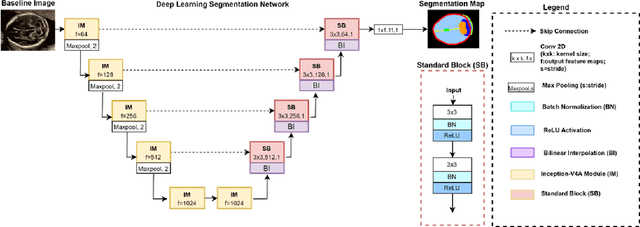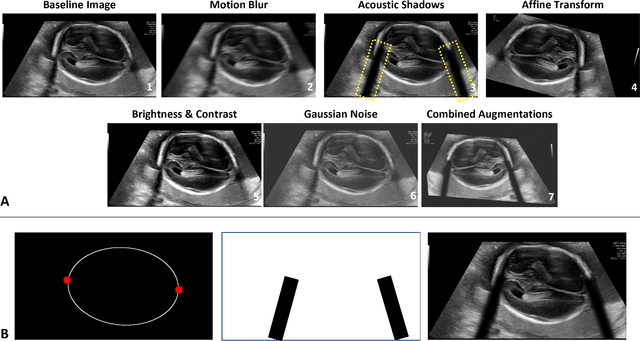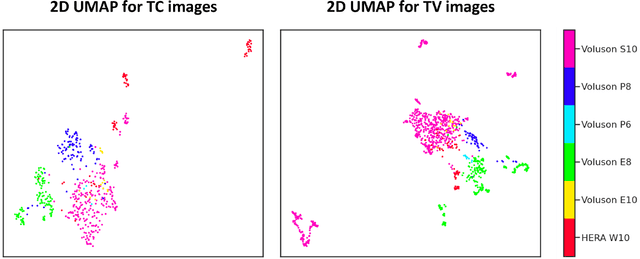Hari Shankar
Sometimes the Model doth Preach: Quantifying Religious Bias in Open LLMs through Demographic Analysis in Asian Nations
Mar 10, 2025Abstract:Large Language Models (LLMs) are capable of generating opinions and propagating bias unknowingly, originating from unrepresentative and non-diverse data collection. Prior research has analysed these opinions with respect to the West, particularly the United States. However, insights thus produced may not be generalized in non-Western populations. With the widespread usage of LLM systems by users across several different walks of life, the cultural sensitivity of each generated output is of crucial interest. Our work proposes a novel method that quantitatively analyzes the opinions generated by LLMs, improving on previous work with regards to extracting the social demographics of the models. Our method measures the distance from an LLM's response to survey respondents, through Hamming Distance, to infer the demographic characteristics reflected in the model's outputs. We evaluate modern, open LLMs such as Llama and Mistral on surveys conducted in various global south countries, with a focus on India and other Asian nations, specifically assessing the model's performance on surveys related to religious tolerance and identity. Our analysis reveals that most open LLMs match a single homogeneous profile, varying across different countries/territories, which in turn raises questions about the risks of LLMs promoting a hegemonic worldview, and undermining perspectives of different minorities. Our framework may also be useful for future research investigating the complex intersection between training data, model architecture, and the resulting biases reflected in LLM outputs, particularly concerning sensitive topics like religious tolerance and identity.
Towards A Device-Independent Deep Learning Approach for the Automated Segmentation of Sonographic Fetal Brain Structures: A Multi-Center and Multi-Device Validation
Feb 28, 2022



Abstract:Quality assessment of prenatal ultrasonography is essential for the screening of fetal central nervous system (CNS) anomalies. The interpretation of fetal brain structures is highly subjective, expertise-driven, and requires years of training experience, limiting quality prenatal care for all pregnant mothers. With recent advancement in Artificial Intelligence (AI), specifically deep learning (DL), assistance in precise anatomy identification through semantic segmentation essential for the reliable assessment of growth and neurodevelopment, and detection of structural abnormalities have been proposed. However, existing works only identify certain structures (e.g., cavum septum pellucidum, lateral ventricles, cerebellum) from either of the axial views (transventricular, transcerebellar), limiting the scope for a thorough anatomical assessment as per practice guidelines necessary for the screening of CNS anomalies. Further, existing works do not analyze the generalizability of these DL algorithms across images from multiple ultrasound devices and centers, thus, limiting their real-world clinical impact. In this study, we propose a DL based segmentation framework for the automated segmentation of 10 key fetal brain structures from 2 axial planes from fetal brain USG images (2D). We developed a custom U-Net variant that uses inceptionv4 block as a feature extractor and leverages custom domain-specific data augmentation. Quantitatively, the mean (10 structures; test sets 1/2/3/4) Dice-coefficients were: 0.827, 0.802, 0.731, 0.783. Irrespective of the USG device/center, the DL segmentations were qualitatively comparable to their manual segmentations. The proposed DL system offered a promising and generalizable performance (multi-centers, multi-device) and also presents evidence in support of device-induced variation in image quality (a challenge to generalizibility) by using UMAP analysis.
 Add to Chrome
Add to Chrome Add to Firefox
Add to Firefox Add to Edge
Add to Edge